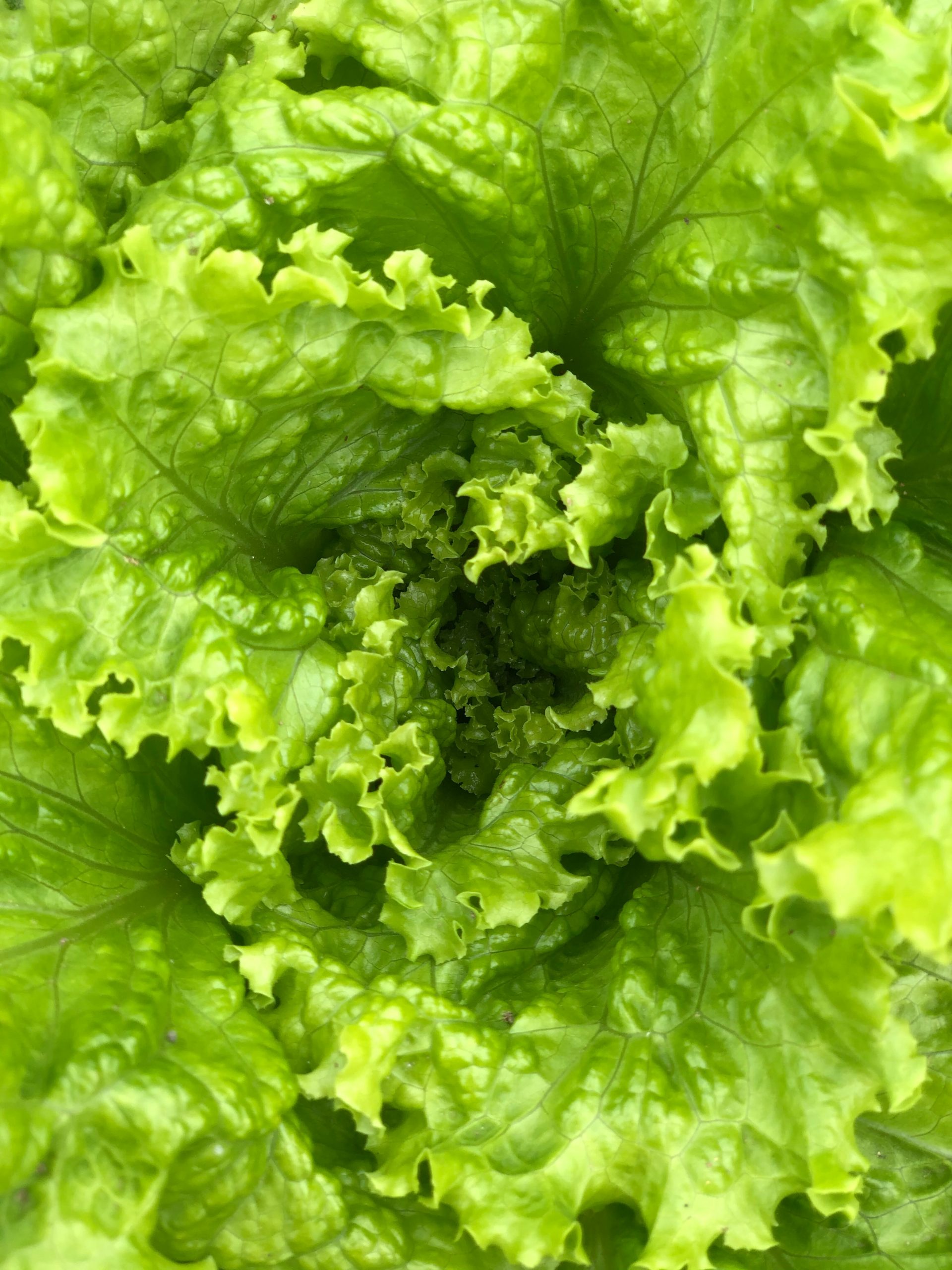Last Updated on April 15, 2024 by Real Men Sow
Let’s explore how to grow lettuce in the UK. Lettuce grows well in a moist, well-drained, and fertile soil with plenty of compost dug into it before planting. You can sow early indoors or directly from late March to August. 
How To Grow Lettuce From Leggy Seedlings
Seedlings that were germinated indoors can be planted out once severe frost has passed. You’ll have to harden them off first before planting them out. Use a dibber or a stick to make holes that are 9in apart. Place the seedling plug and firm around the roots gently before watering them well.
How to Grow Lettuce in Modular Trays
The seed compost, which has fine texture and lower nutrients than a standard multipurpose compost should be used to fill in seed module trays that are 2in deep. Rub the compost through your hands once you’ve filled the trays to break any lumps then give it a sharp bang on the table to settle.
How Much Light Do You Need For Growing Lettuce
Make very small depressions in each cell, since lettuces need light to germinate, you won’t need to bury them. The depression in each cell should only be there to keep the seed in the middle.
Sowing Leggy Lettuce Seedlings
Sow 1 seed per cell to get a single head of lettuce. Sow 3 – 5 seeds per cell to get cut and come again harvest. It’s important to remember that you don’t cover the seeds, and you’ll have to keep the compost moist. You’ll have to use a plastic bottle with small holes in the cap to help you gently water your seeds.
Let your seeds germinate in a greenhouse, polytunnel, cold frame, or windowsill. Plant them out in about 4 weeks.
Hardening off Lettuce Seedlings
You’ll have to do this procedure to let your plants adjust to the conditions outside before planting them out. This process may take a week or 10 days, depending on the weather conditions outside.
How To Grow Lettuce In A Greenhouse
Use a cloche or a mini greenhouse. Leave the cloche off the plants when the days are dry frost-free and put the cloche back at night. Gradually increase the time when the cloche is off until you finally keep the cloche off. You may just move the plants outside and put them back in if the weather is mild.
How to Grow Lettuce Indoors
If you’ve grown your seedlings on a windowsill, leave them in an unheated room for a day or two before doing the process of leaving them outside.
Planting Out Lettuce
The spacing of planting them out largely depends on what you’re planting. The Small Lettuce should have 20cm between plants and rows. The Medium Lettuce and those that are for ut and come again harvest should have 25cm between plant and rows. The Large Lettuce should have 35cm between plants and rows.
Can You Bury Seedlings When Growing Lettuce?
Having them buried might make the stem rot and make you lose the lettuce plant completely. Thus, you’ll have to plant lettuce with its seed leaves (2 lowest leaves on the stem) above the ground. However, if your seedlings are leggy, you can plant them deeper but never further than the seed leaves.
Harvesting Lettuce
The ‘Butterhead’ or ‘Crisphead’ lettuce is harvested by cutting the whole head at its base. Loose-leaf types and cut and come again can be harvested 2 or 3 times by removing only the outside leaves of the plant to let the center produce new leaves. It’s best to harvest them in the morning (6 am is recommended) and store them in a plastic bag to be able to store them for a week. Harvesting them in the afternoon will only make them wilt earlier.
How to Store Lettuce
Separate its leaves and wash them with cold water. It’s best to have a salad spinner if you’re growing lettuce because dry leaves will last longer in the fridge. If you’ve done this perfectly, you’ll be able to keep your lettuce fresh in the fridge for 5 to 6 days.


